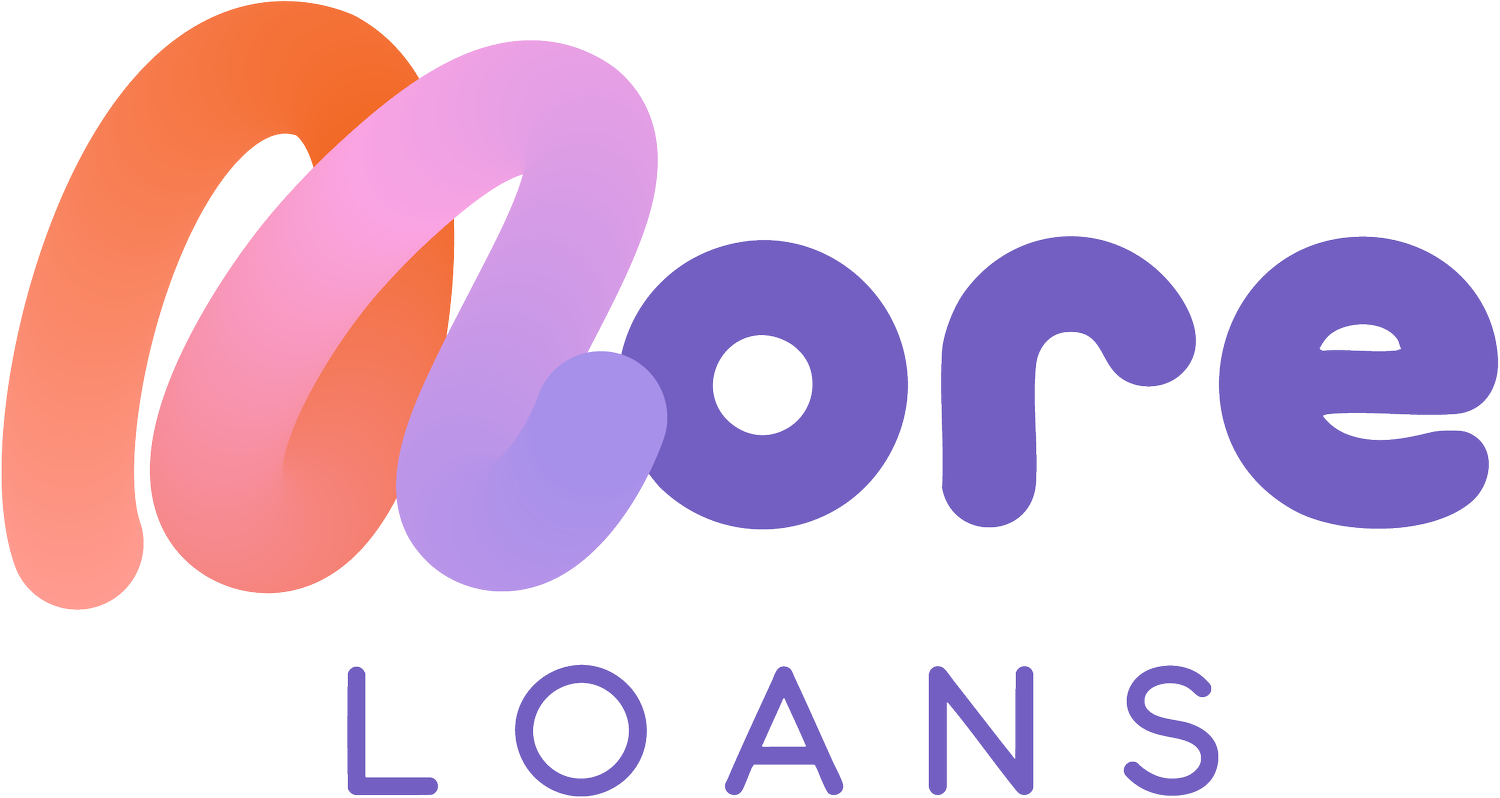Lender documentation explained
In the context of loan applications, particularly in Australia, the terms low doc, full doc, and alt doc refer to different types of documentation required by lenders to assess a borrower's ability to repay the loan. Here’s a breakdown of each:
Full Doc Loan
A full documentation loan requires the borrower to provide comprehensive financial details to the lender. This typically includes:
Proof of income (e.g., payslips, tax returns, or financial statements)
Bank statements
Evidence of employment and assets
Lenders use this documentation to verify the borrower’s financial position, making this the most straightforward and commonly used type of loan. These loans usually have lower interest rates and are available to borrowers with a solid financial history.
Low Doc Loan
A low documentation loan is designed for individuals who may not have traditional income verification documents, such as self-employed borrowers, freelancers, or contractors. While these loans still require some proof of income, they typically involve fewer documents compared to full doc loans. Borrowers may only need:
A declaration of income or a letter from their accountant
Limited bank statements
Other supporting documents depending on the lender
Low doc loans are often used by those who find it difficult to provide the detailed financial documents required in a full doc application. They usually come with higher interest rates and stricter terms due to the increased risk for lenders.
Alt Doc Loan
An alt doc (alternative documentation) loan is a more flexible option for borrowers who don’t meet the traditional documentation requirements for a full doc loan but need more proof than a low doc loan offers. This type of loan may accept alternative forms of verification, such as:
BAS (Business Activity Statements) for self-employed borrowers
Bank statements showing regular income deposits
Business financial statements
Alt doc loans are commonly used by self-employed individuals or those with non-standard income streams. Like low doc loans, they often come with higher interest rates due to the higher risk of lending.
Key differences:
Full Doc: Requires extensive documentation (tax returns, payslips, bank statements) to verify income and financial stability.
Low Doc: Requires minimal documentation, often just an income declaration and basic financial records, and is suitable for self-employed or irregular income earners.
Alt Doc: Uses alternative forms of income verification (e.g., BAS, bank statements) but requires more documentation than low doc loans.
Each type of loan varies in terms of the application process, documentation required, and risk, which influences the interest rates offered by lender.
